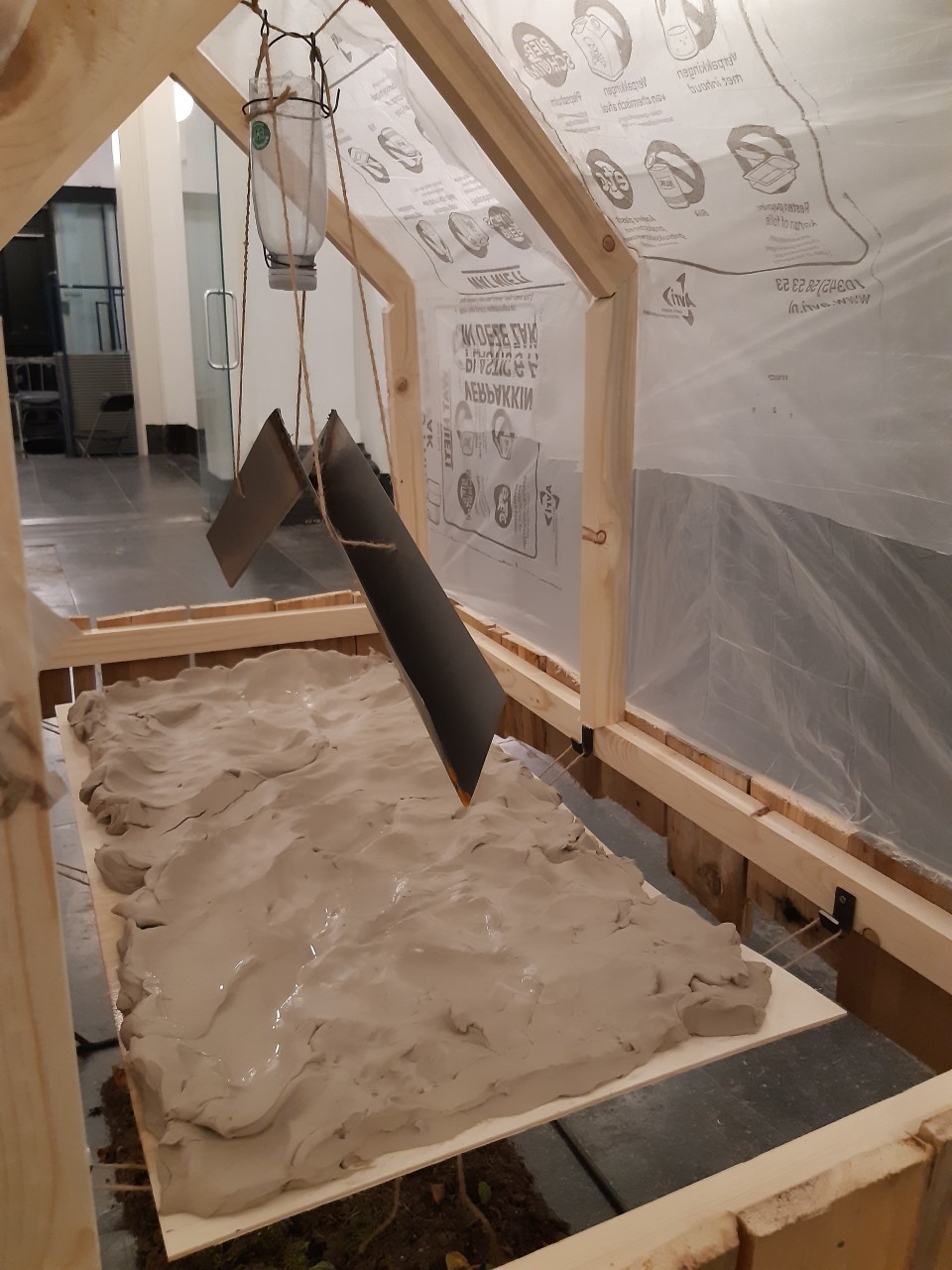Studium Generale - Arie Altena
Lecture: 'Serres – Latour – Tsing, 1980 – 2019: from the parasite to the Matsutake Mushroom'
Arie Altena will trace the ideas of a couple of thinkers who all try to show that we need to fundamentally change our ideas of nature, society, and living together. Starting from Serres’ idea of the parasite, and his attention to climate change in Le contrat naturel (1990), via Bruno Latour’s conception of ‘network’ and ‘turn towards earth’ in Down to Earth (2017), to Anna Tsing ethnography of the Matsutake mushroom in The Mushroom at the End of the World (2015).
Throughout he will refer to art projects – as well as music, sound art and poetry – some of which were developed as part of the Dark Ecology project (2014 – 2016), initiated by Sonic Acts, a thematic festival with a strong focus on contemporary and historical developments at the intersections of art, technology, music and science.
Bio - Arie Altena (Deventer, 1966) works as a writer/editor for a.o. Sonic Acts and V2_Lab for the Unstable Media. Since the rise of the WWW in the early 1990s he writes about the entanglements of art and technology. As part of the Sonic Acts team, he co-organises the Sonic Acts Festival, and co-curated the Dark Ecology project 2014–2016. He is the author of What is community art? (2017) and he has edited several Sonic Acts publications (such as The Poetics of Space (2010), Travelling Time (2011), The Dark Universe (2013) and The Geologic Imagination (2015)), for which he also contributed essays and interviews with artists, musicians and theorists. He is currently a member of the advisory board of the Dutch Foundation for Literature and the jury for the Witteveen+Bos-Art+Technology Award. He studied Literary Theory and has worked as an editor for a.o. Metropolis M and Mediamatic Magazine.
Student's artwork in reaction to Arie Altena's lecture
Artwork by Jeremi Biziuk

Jeremi Biziuk:
"Inspired by what, I presumed, Arie's lecture was going to touch on, I decided to take the idea of a parasite as a transaction between different structures. What I ended up making was a sort of greenhouse inspired installation, which could already be seen as a parasitical act of humans if looked at from a specific perspective, and built within it an act of a one way transaction of water which was being hijacked by a middle man in form of water-absorbing clay. In truth, I was simply interested in how a transaction of a resource happens and what can potentially happen in between, with what results, and how humans have found a need to somehow either insert themselves into this natural flow, or have manipulated it to their own needs. As usual with my work, the act of visibly single-handed creation and self[sustainability] was present as well."






